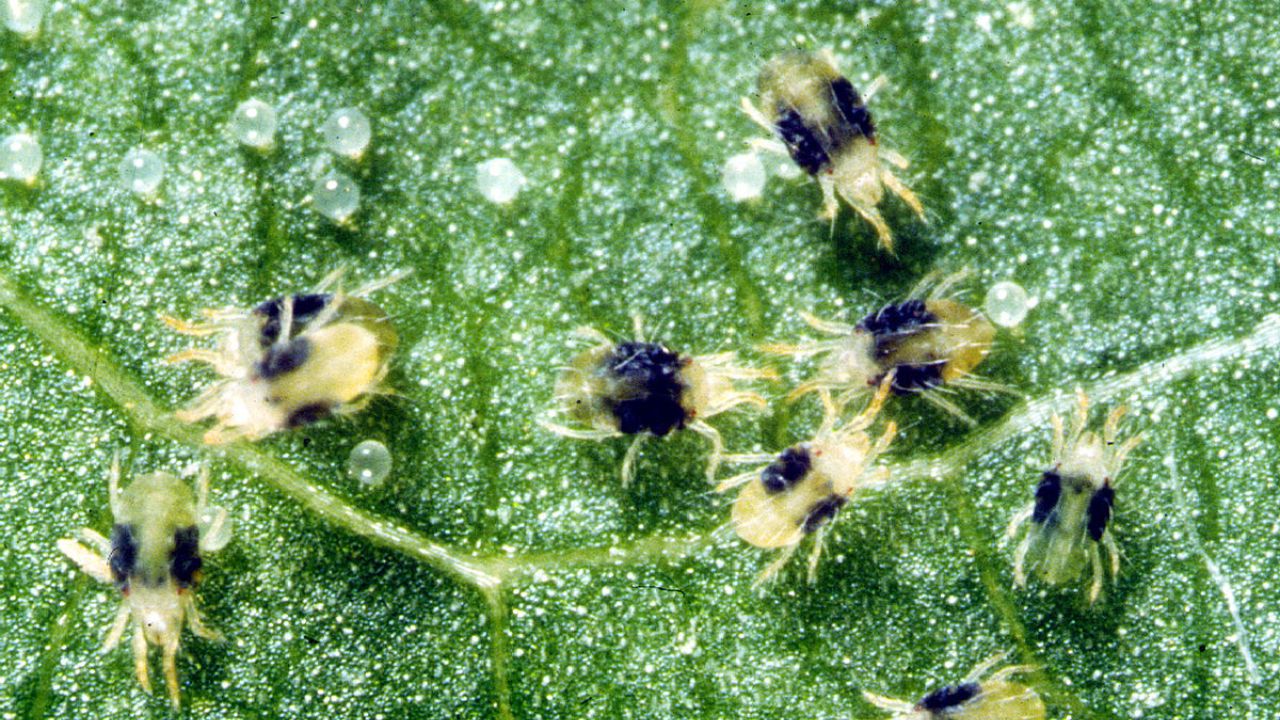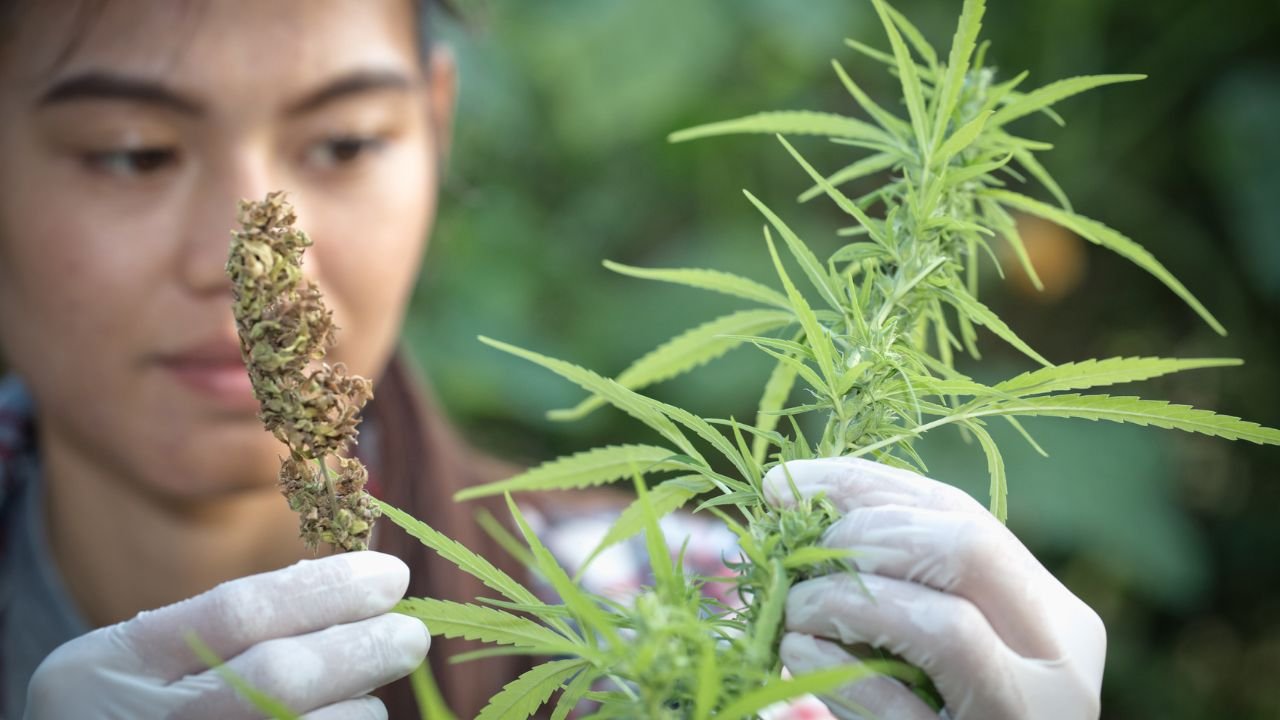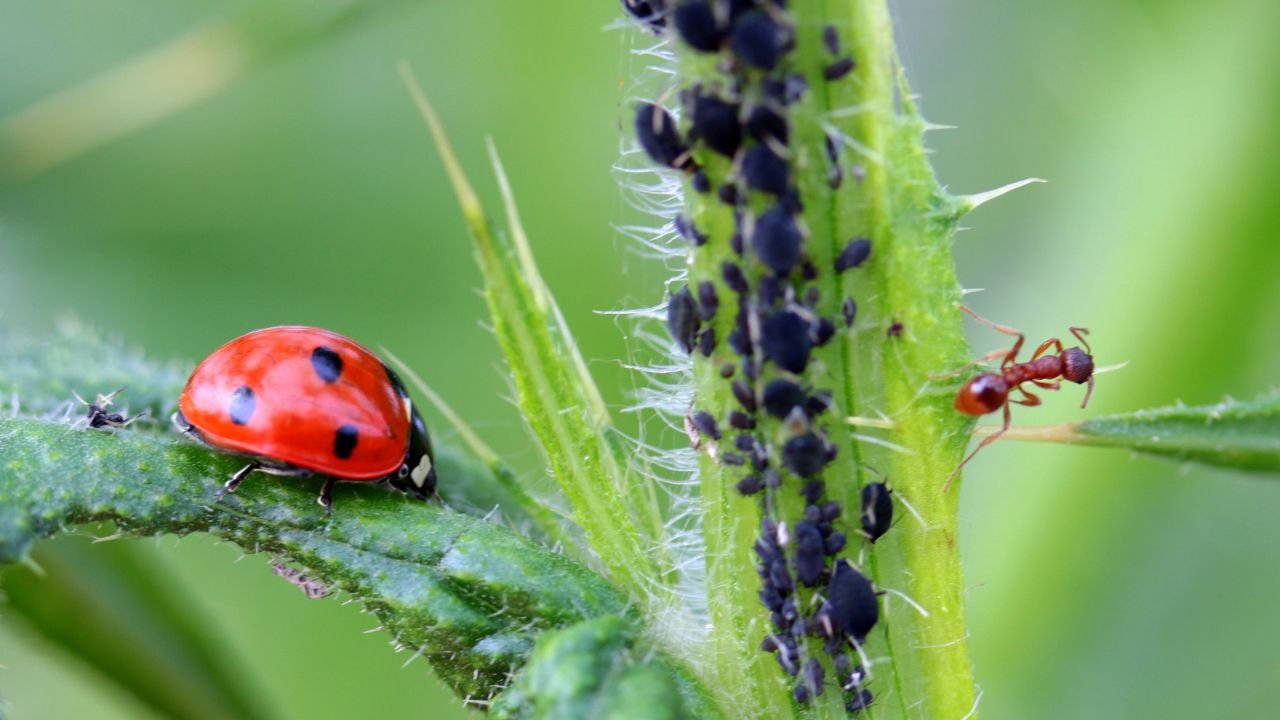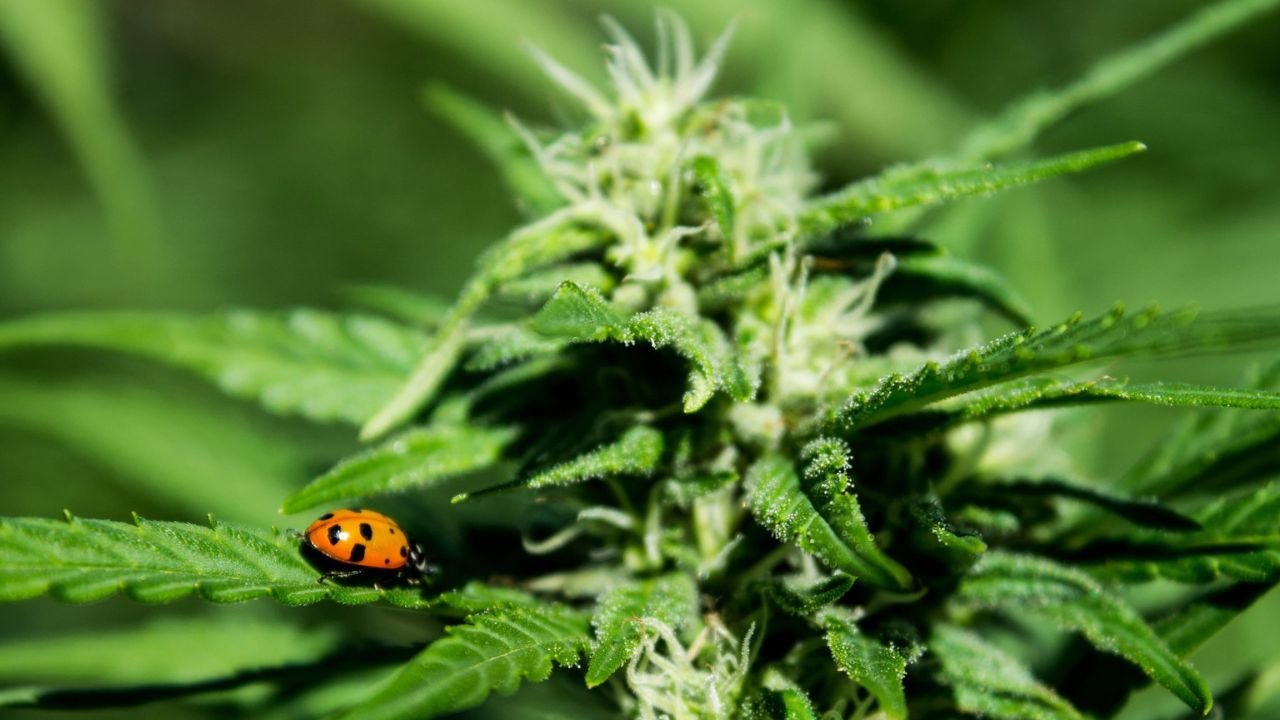Ladybugs, those delightful red and black spotted insects we often associate with good luck, are not just charming garden visitors; they are also powerful allies in the battle against pests. If you’re a cannabis cultivator dealing with the notorious spider mites, you might be wondering: do ladybugs eat spider mites on cannabis? The answer is a resounding yes, and in this article, we’ll delve into the fascinating world of ladybug pest control.
Brief Overview of Ladybugs
Ladybugs, scientifically known as Coccinellidae, are small beetles belonging to the family Coccinellidae. With their distinctive red or orange coloring and black spots, these insects are a common sight in gardens around the world.
Spider Mites and Their Impact on Cannabis
Spider mites, on the other writing, are tiny arachnids known for wreaking havoc on cannabis crops. These minuscule pests pierce plant cells to feed, causing discoloration and reduced vitality in affected plants.
The Relationship Between Ladybugs and Spider Mites
Ladybugs as Natural Predators: Ladybugs are voracious predators, and one of their favorite meals happens to be spider mites. Their keen sanity of smell allows them to detect the presence of these pests in your garden.
How Ladybugs Consume Spider Mites: Ladybugs use their strong mandibles to chew and consume spider mites ladybugs. Their appetite for these harmful pests makes them an invaluable asset for organic pest control.
The Benefits of Using Ladybugs for Pest Control in Cannabis Cultivation
Organic and Eco-friendly Pest Control: Introducing ladybugs to your cannabis garden is not just about eliminating pests; it’s also a commitment to organic and eco-friendly cultivation practices. Unlike chemical pesticides, ladybugs spider mites pose no harm to your plants or the environment.
Cost-Effective Approach for Cannabis Growers: For cannabis cultivators looking for a cost-effective and sustainable pest control solution, ladybugs are a wise investment. Once released into your garden, they establish a population that can effectively manage pest issues over the long term. do ladybugs eat spider mites on cannabis? The answer is a resounding yes, and in this article, we’ll delve into the fascinating world of ladybug pest control.
Ladybugs vs. Other Pest Control Methods
Comparison with Chemical Pesticides: Chemical pesticides may offer a quick solution to pest problems, but they come with drawbacks. Ladybugs provide a natural and safe alternative, avoiding the potential harm that chemicals can inflict on your cannabis plants and the surrounding ecosystem.
Effectiveness in Preventing Spider Mite Infestations: ladybugs eating spider mites not only control existing spider mite populations but also act preventatively. Their continuous presence in the garden serves as a deterrent, minimizing the risk of future infestations.
How to Introduce Ladybugs to Your Cannabis Garden
Where to Acquire Ladybugs: You can purchase ladybugs from reputable gardening stores or online suppliers. Ensure they are shipped properly and released promptly upon arrival for maximum effectiveness.
Proper Methods for Releasing Ladybugs: Release ladybugs in the evening when they are more likely to stay in your garden. Sprinkle them around the affected areas, focusing on the underparts of leaves where spider mites often reside.
Factors Affecting the Success of Ladybug Pest Control
Environmental Conditions: Ladybugs thrive in certain environmental conditions. Ensure your garden provides the right temperature and humidity levels for these beneficial insects to flourish.
Monitoring and Adjusting Ladybug Populations: Regularly assess the ladybug spider mite population in your garden. If necessary, release additional ladybugs to maintain an effective pest control presence.
Common Misconceptions About Ladybug Pest Control
Myth-Busting Regarding Ladybug Behavior: Some may fear that ladybugs harm plants, but in reality, they focus on harmful pests. Dispelling such myths is crucial for understanding and appreciating the role of ladybugs in pest control.
Addressing Concerns About Introducing Ladybugs to Cannabis Crops: Cannabis growers often express concerns about introducing foreign insects to their crops. However, ladybugs are harmless to cannabis plants and contribute positively to their overall health.
Tips for Maximizing Ladybug Effectiveness
Optimal Release Times: Timing is crucial. Release ladybugs when spider mite populations are at their peak to ensure a quick and effective response.
Providing a Conducive Environment for Ladybugs: Encourage ladybugs to stay by creating a welcoming environment. This includes providing a water source and avoiding the use of harmful chemicals in your garden.
Ladybugs and Cannabis Quality
Impact on the Quality of Cannabis Crops: Beyond pest control, ladybugs can enhance the overall quality of your cannabis crops. The absence of harmful pesticides contributes to a more robust terpene profile and a cleaner end product.
Enhancing Terpene Profiles Through Natural Pest Control: Terpenes, the aromatic compounds in cannabis, play a crucial role in its flavor and therapeutic effects. By choosing natural pest control methods like ladybugs, you preserve the integrity of these terpenes.
Testimonials from Cannabis Growers
Real-Life Experiences with Ladybug Pest Control: Cannabis growers worldwide share their success stories with ladybug pest control. These testimonials emphasize the reliability and effectiveness of integrating ladybugs into their cultivation practices.
Success Stories and Lessons Learned: Learn from the experiences of fellow growers who have successfully employed ladybugs. Discover tips and tricks that can make the integration process smoother for you.
Potential Challenges in Ladybug Pest Control
Overcoming Obstacles in Integrating Ladybugs: While ladybugs are highly beneficial, there can be challenges in their integration. Addressing issues such as initial dispersal and environmental factors is key to overcoming obstacles.
Addressing Potential Drawbacks: Explore any potential drawbacks associated with using ladybugs for spider mites. Awareness of these issues allows you to make informed decisions about integrating ladybugs into your cannabis cultivation strategy.
Collection Of Do Ladybugs Eat Spider Mites
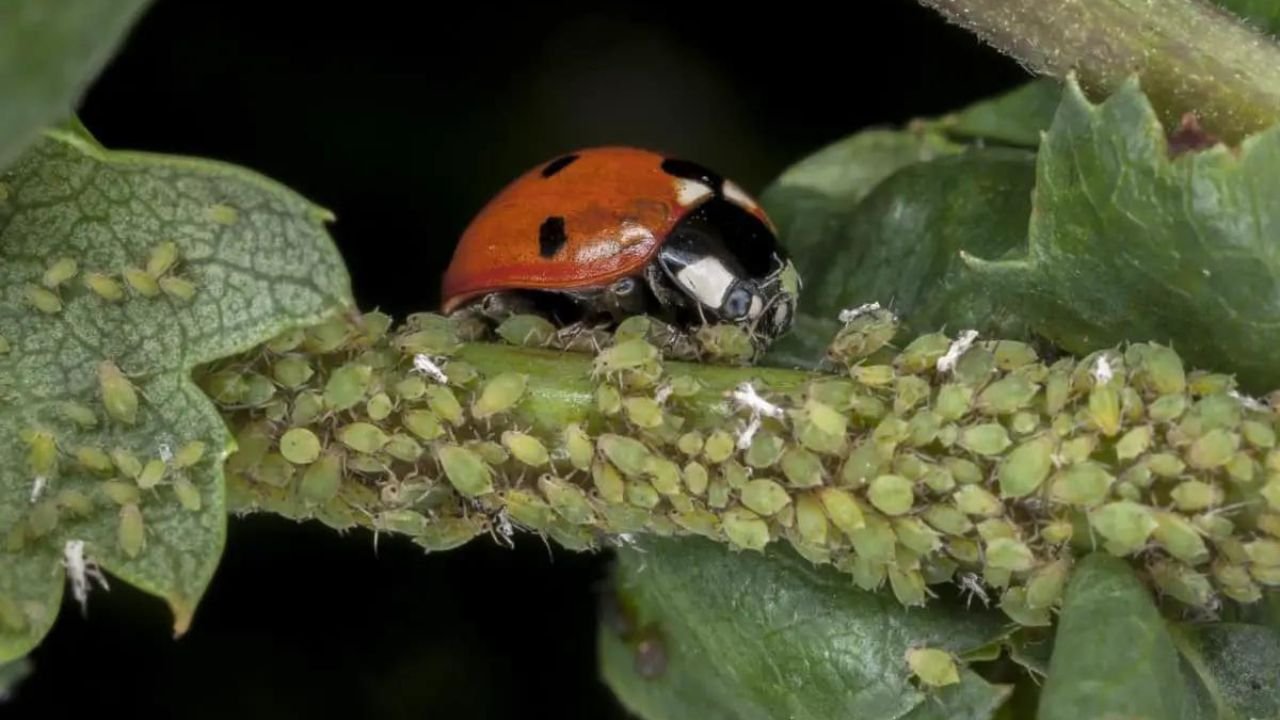
Ladybugs, the unsung heroes of gardens, stealthily combat spider mites, ensuring vibrant cannabis crops. These charming beetles, with their red and black allure, munch on harmful pests without harming the plants. Cannabis cultivators benefit from their eco-friendly pest control, choosing a natural ally over chemical alternatives. Through optimal release and environmental considerations, ladybugs thrive, enhancing cannabis quality. Embrace these tiny warriors for a healthier, more sustainable garden.
FAQ
What predators eat spider mites?
Common insect predators of pest mites include:
- Big-eyed bugs.
- Brown lacewings.
- Dusty wings.
- Green lacewings.
- Minute pirate bugs.
- Mite midges.
- The spider mite destroyer lady beetle (ladybug).
- Spider mite rove beetle.
- Six spotted thrips.
Where do spider mites come from?
There may be mites on your cat or dog. However, living plants are really the most frequent source of spider mites. Even plants that you buy from garden centers or get as gifts from friends should be quarantined for a few weeks before being placed in their intended locations.
Can you beat spider mites?
Spider mites may be effectively removed by using 70% isopropyl alcohol. When you mist your plant with alcohol, the spider mites will eventually die off. It would be best if you kept using this technique every other day until you notice no more indications of spider mites.
Do spider mites bite humans?
They pose few risks to humans and pets. Do spider mites bite? These pests have piercing-sucking mouthparts that they use to pierce plants. They don’t have fangs to bite humans.
Do ladybugs eat aphids?
Aphids are their favorite prey, but they also consume mealy bugs, tiny spiders, and other insects and mites that they can fight and control. Colorado Potato Beetle and European Corn Borer eggs are consumed by ladybugs, which are major agricultural pests. They also consume eggs that they locate.

